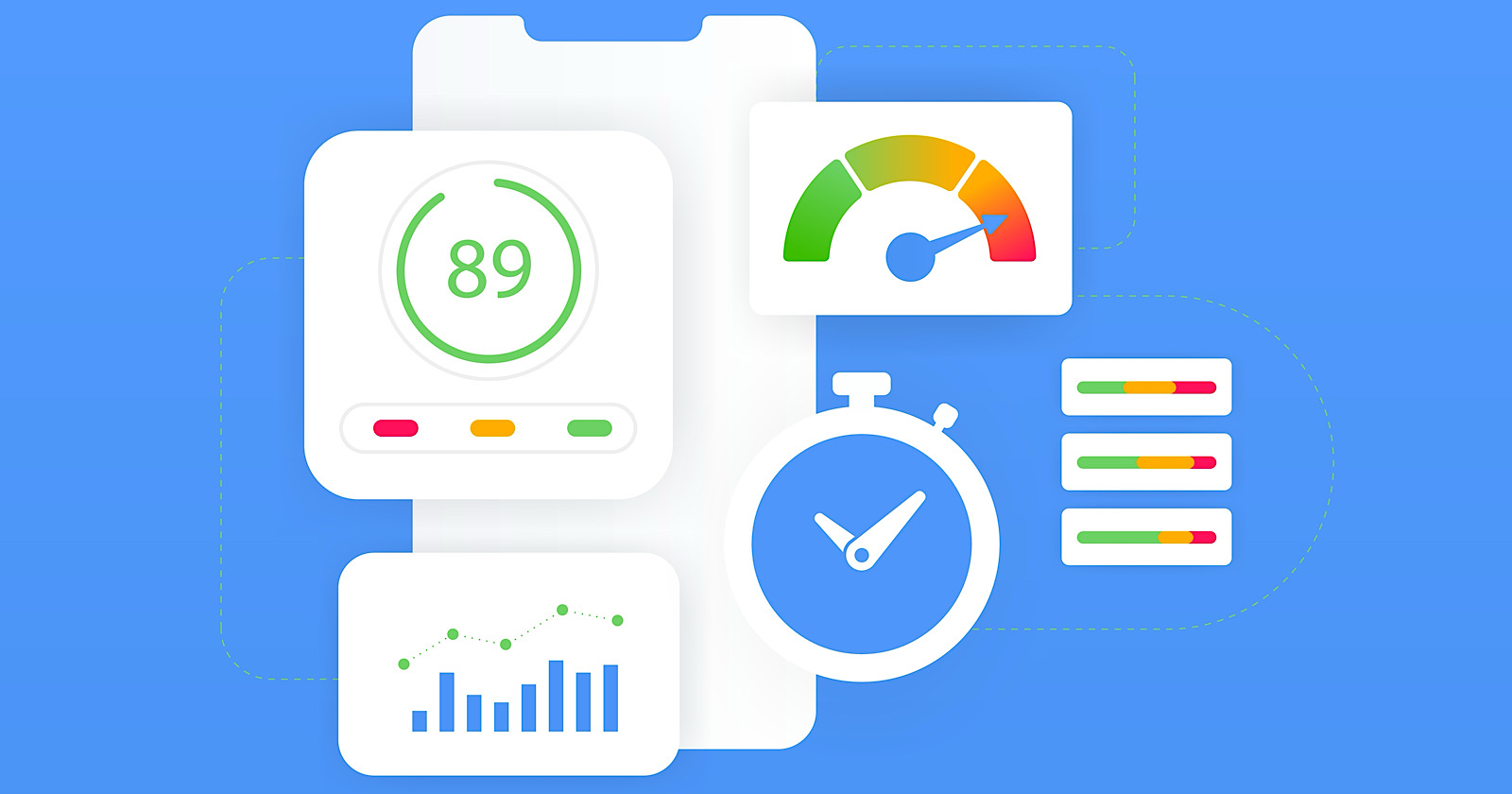A discussion on Reddit involving Google Search Advocate John Mueller offers guidance on optimizing website performance and highlights the challenges of improving scores on Google’s PageSpeed Insights (PSI) tool.
In a recent thread, a user asked for guidance after significantly reducing image and video file sizes did not lead to better PSI scores as expected. The user said they had compressed images by 90% and videos by 80% but saw no change in how PSI graded their site’s speed.
For context, PSI is a free service Google provides to evaluate the loading speeds of submitted web pages. It analyzes elements, including images, scripts, and code, to generate a score from 0 to 100 and provide recommendations on boosting performance.
With page speed being a concern for search engine optimization (SEO) and user experience, achieving a high PSI score is a priority for many people working on websites.
Beyond reducing image file sizes so they load faster, here’s what Mueller recommends to improve your score.
Mueller’s PSI Optimization Tips
To improve PSI scores, Mueller first recommends conducting a test to determine the impact of individual elements on your website.
He explains that you can temporarily place one component, like an image or video, on a noindex page excluded from search results.
Mueller states:
“What I usually do when I work on things like that is to simplify things on a noindex’ed test page as much as possible. Just include one of the elements that you’re worried about, and try things out there. That way, you can isolate specific changes and determine their individual effects, before you do everything together.”
This controlled experiment could show performance gains from compressed files before applying changes across a website.
Mueller explained that this indicates other limiting factors beyond images and videos if your test page doesn’t return the same score as your live pages.
In this case, Mueller advised selectively removing already-optimized elements from a copy of the actual page to focus on enhancements for the remaining issues.
Mueller says:
“If you find that the combined page doesn’t react the way your test pages did, then there are other things on that page which are the limiting factors, meaning your test pages didn’t fully reflect the actual page (in which case, make a copy of the actual page, remove the things you already optimized, and then try things out on the rest there).”
Lastly, Mueller noted that scores may already be acceptable for the site.
If page speed is within “reasonable” parameters, extensive additional work may not be required. However, Mueller doesn’t give any indication of what the parameters are.
Takeaway
Optimizing website performance can require incremental testing and lots of patience.
When aiming to improve PageSpeed Insights scores, try isolating webpage elements to evaluate their effect before applying the changes sitewide.
With the right strategies tailored to each website’s needs, getting and keeping your scores in the green is possible.
Featured Image: BestForBest/Shutterstock
